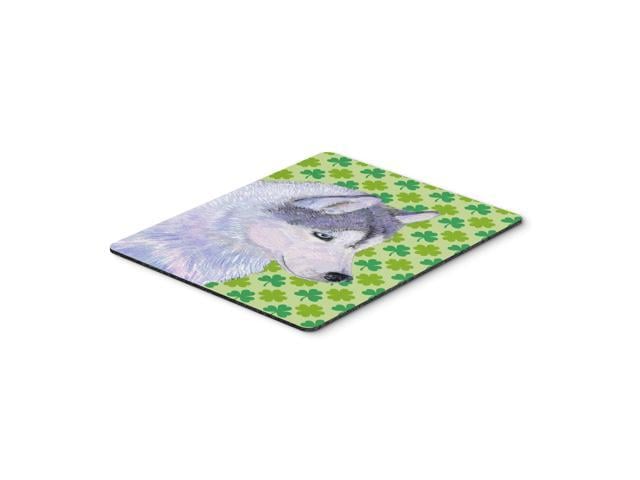Isolated regions of the world are often at the forefront of emerging diseases and, to be effective in disease prevention and control, they require basic resources for field sample collection and testing in conditions vastly different from those available in well-equipped reference laboratories. Technical support for field extension staff, and the availability of reliable diagnostic testing facilities, are also vital to ensure sustainable livelihoods for subsistence farmers. This technical handbook aims to provide an easy to follow overview of the basic laboratory techniques, and sample collection guidelines, that we consider useful for staff working in district veterinary facilities in regions that lack the infrastructural support available for staff with ready access to national veterinary laboratories. The Veterinary Laboratory and Field Manual 3rd Edition provides the reader with a summary of basic diagnostic procedures and sample submission guidelines and also advocates for improved communication between animal health extension staff, veterinarians, laboratory staff and farmers. Case studies are used to illustrate key concepts. Basic laboratory disciplines are covered including – parasitology, microbiology, haematology, serology / immunology and pathology. There are also sections on laboratory infrastructure and equipment. There is additional content on common clinical presentations, One Health approaches to Antimicrobial resistance, the role of the OIE, disease surveillance and wildlife disease monitoring. Supplementary tools for use in the field and laboratory are also available online.This new edition of The Veterinary Laboratory and Field Manual is updated to include content on pen side tests, selection and integration of new technologies, engagement with international agencies and programs, and the One Health approach to disease monitoring.Animal Health extension staff in isolated regions of the world, and NGOs, can benefit from this book as well as policy makers supporting veterinary work in rural areas and veterinary para-professionals involved in One Health work.















